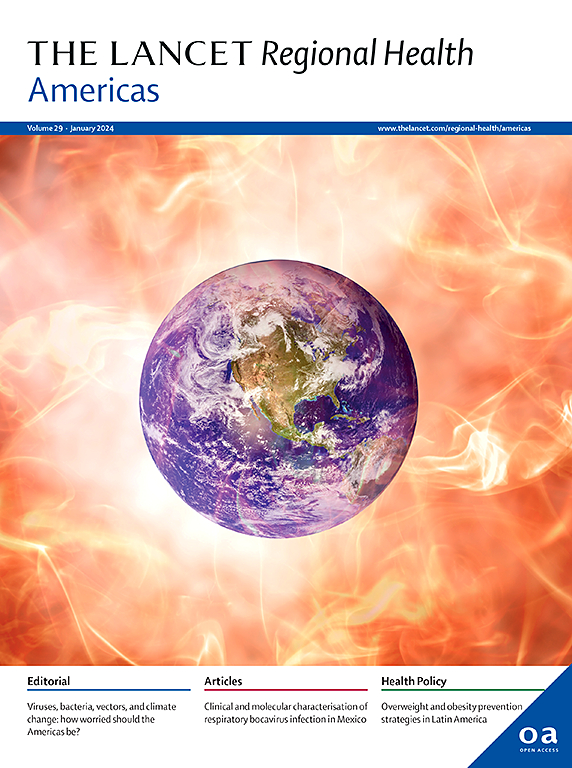Association between city-level sociodemographic and health factors and the prevalence of antimicrobial-resistant gonorrhea in the US, 2000–2019: a spatial–temporal modeling study
IF 7
Q1 HEALTH CARE SCIENCES & SERVICES
引用次数: 0
Abstract
Background
Evidence from the surveillance systems of antimicrobial-resistant (AMR) gonorrhea suggests substantial variation in the prevalence of AMR gonorrhea across populations. However, little is known about the extent to which the population-level demographic, socioeconomic, and health factors (e.g., population density, poverty level, or the prevalence of other sexually-transmitted diseases) are associated with the burden of AMR gonorrhea. We developed a hierarchical Bayesian spatial–temporal logistic regression model to investigate the association between multiple spatially- and temporally-varying predictors and the proportion of isolates with resistance to each one of ciprofloxacin, penicillin, and tetracycline between 2000 and 2019 in the United States (US).
Methods
The model was informed by data from the Gonococcal Isolate Surveillance Project (GISP), a sentinel surveillance system to monitor trends in the AMR gonorrhea in the US. During our study period, GISP included 112,487 isolates from the first 25 symptomatic men who have been diagnosed with urethral gonorrhea each month after attending participating sexually-transmitted disease clinics in one of about 30 select cities.
Findings
Among 112,487 isolates collected between 2000 and 2019, 16.5%, 13.7%, and 22.2% were resistance to ciprofloxacin, penicillin, and tetracycline. Denser populations were associated with higher prevalence of ciprofloxacin and penicillin resistance (odd ratio (OR): 1.5, 95% with credible interval: [1.29, 1.74] and 1.36 [1.22, 1.52], respectively); West was associated with higher prevalence of ciprofloxacin resistance (OR with respect to Midwest: 14.42 [2.02, 59.27]) and Southeast was associated with higher prevalence of ciprofloxacin and penicillin resistance (OR with respect to Midwest: 6.66 [1.59, 18.20] and 7.59 [2.3, 22.94]); higher prevalence of HIV was associated with higher prevalence of ciprofloxacin and tetracycline resistance (OR: 1.18 [1.01, 1.37] and 1.14 [1.02, 1.28]); and higher incidence of gonorrhea was associated with higher prevalence of tetracycline resistance (OR: 1.08 [1.05, 1.11]).
Interpretation
Geographic location and certain population-level characteristics including population density and HIV prevalence could provide insight about the population-level risk of AMR gonorrhea at a county-level. These results could guide the expansion of AMR surveillance systems or access to drug susceptibility testing in areas with characteristics associated with increased prevalence of AMR gonorrhea.
Funding
US National Institutes of Health.
求助全文
约1分钟内获得全文
求助全文
来源期刊

Lancet Regional Health-Americas
Multiple-
CiteScore
8.00
自引率
0.00%
发文量
0
期刊介绍:
The Lancet Regional Health – Americas, an open-access journal, contributes to The Lancet's global initiative by focusing on health-care quality and access in the Americas. It aims to advance clinical practice and health policy in the region, promoting better health outcomes. The journal publishes high-quality original research advocating change or shedding light on clinical practice and health policy. It welcomes submissions on various regional health topics, including infectious diseases, non-communicable diseases, child and adolescent health, maternal and reproductive health, emergency care, health policy, and health equity.
 求助内容:
求助内容: 应助结果提醒方式:
应助结果提醒方式:


